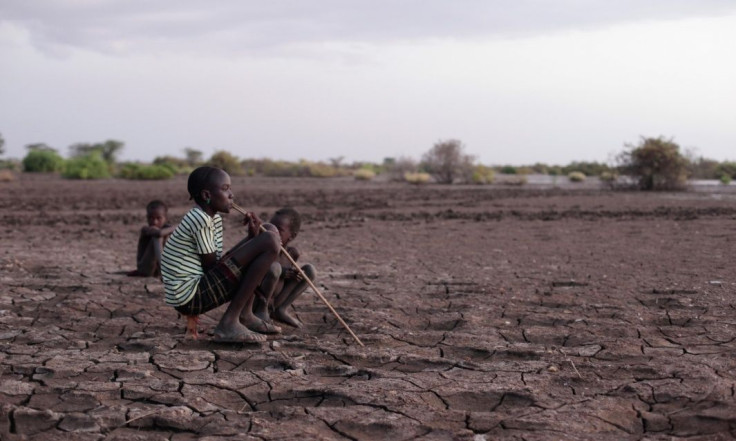Ethiopia's Massive Gilgel Gibe III Hydropower Dam Project Linked To Severe Hunger By Indigenous Kwegu Tribe, UN Investigating

The United Nations is assessing a potential link between the massive Gilgel Gibe III hydropower project on the Omo River and severe hunger in Ethiopia and part of Kenya, the Inter Press Service news agency said Friday. The Kwegu people in southwest Ethiopia, who rely on the river, are facing starvation from a depletion of resources, which human rights groups said is a result of the construction of the hydroelectric-powered dam.
A UNESCO delegation is scheduled to arrive in the area later this month to assess the impact of the dam project on the 200,000 indigenous people of Ethiopia’s Lower Omo Valley and Kenya’s Turkana area. Work on the $1.8 billion hydropower plant is nearly 90 percent finished and it is expected to begin generating limited power in June.
Before his death in 2012, then-Ethiopian Prime Minister Meles Zenawi vowed to complete the dam, which would be one of Africa’s largest, “at any cost” and accused critics of not wanting “to see developed Africa; they want us to remain undeveloped and backward to serve their tourists as a museum,” the Guardian reported.
But the projected impact of the dam is hotly contested, and there are fears it could cause the Omo River to become saline as a result of excessive irrigation and reduction of water resources. Survival International, a human rights group based in Britain, said the project, which was launched in 2006, is clearing the surrounding forests and drying up the riverbed, which the Kwegu depend on for food and water.
The Kwegu, the smallest tribe in Ethiopia’s Lower Omo Valley, are also unable to grow crops because the river is being used to fill the Gibe III dam reservoir and flood commercial plantations. The Kwegu have been forced from their land and have become dependent on food from neighboring tribes, Survival International said in a report last month.
“Maybe we will die. The river keeps us alive,” a Kwegu man told the human rights group in 2012. “If they take the water out of the riverbed where will we live? If the fish are gone what will we feed the children?”
The Omo River provides more than 90 percent of Lake Turkana’s water and the large-scale irrigation could reduce the river’s flow to the lake by up to 70 percent, the Guardian reported. Lake Turkana, in northern Kenya and crossing into Ethiopia, is the main source of livelihood for the local communities. It is home to at least 60 fish species and sustains several wild animals.
“This place will turn into an endless, uncontrollable battlefield,” Joseph Atach, assistant chief of Kanamkuny village in Turkana, told the Guardian in January.
© Copyright IBTimes 2025. All rights reserved.





















